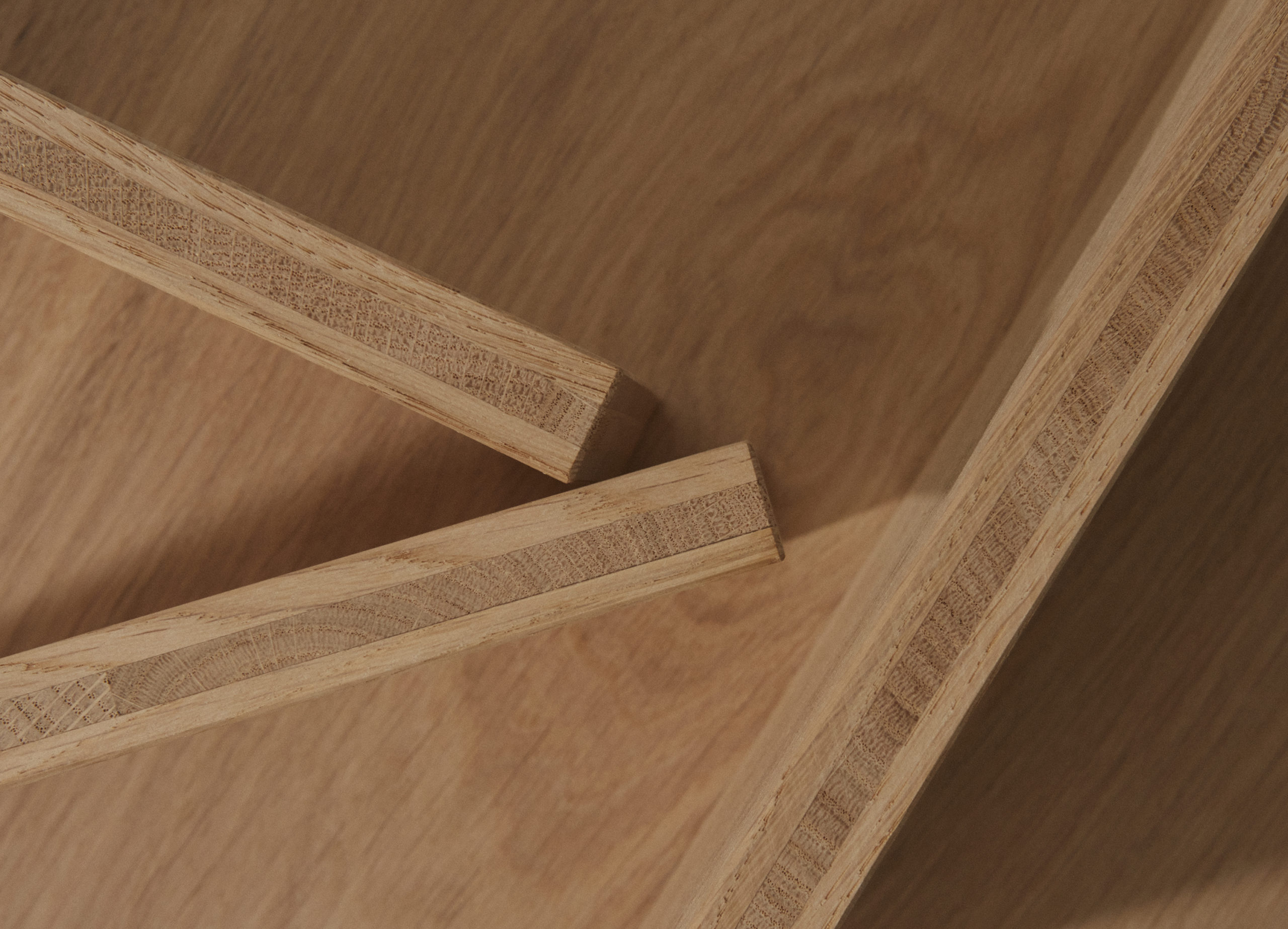The Beauty of Wood: Why Architects Love Dinesen

When it comes to making a space feel warm, inviting and sophisticated, nothing compares to a hardwood floor. And in the world of wood flooring, few manufacturers are more esteemed than Dinesen, a family-run Danish company that has been in the flooring business since 1898. Their trademark wide-plank floors — available in a variety of shades and grains — are a fixture of high-end interior design magazines. Dinesen floors are for those looking for quality above all else, whether their tastes run toward the traditional or contemporary.
One thing that sets Dinesen apart is the reverence they have for wood, both as a building material and a natural resource. “We approach nature with humility and respect,” they explain. “Our trees come from family owned European forests. The forest and the soil have been cultivated for centuries by foresters with an inherent tradition of sustainable forestry and growing extraordinary, majestic trees.” The trees that end up in various projects, which range in age from 80 to 200 years, are “handpicked based on their structure and dimensions to ensure each tree is the finest nature can produce.”

Dinesen is renowned for its solid planks for wooden flooring, panelling, ceiling and other design elements. The company’s products are designed to put wood to be at the heart of a project’s interior, from intimate personal spaces to expansive public and cultural settings. Its raw wood comes from majestic Douglas firs, characterful Oak trees, beautiful Ash and classic Pine, with each tree selected according to strict quality criteria such as straightness, growth rings, knots and harmony.
Given Dinesen’s commitment to the material integrity of their floors, you might be surprised to learn that they have recently introduced an engineered wood product called Dinesen Layers. Despite common preconceptions, though, a well-constructed engineered wood floor is every bit as durable and charming as a solid wood floor. And as one would expect, Dinesen’s engineered flooring product is one of the best on the market.
The reason for this can be found within Dinesen’s unique manufacturing process. Dinesen Layers are not created with a veneer of high-quality wood on top and lower-quality plywood underneath, as the stereotype of engineered floors would hold. To the contrary, these engineered planks are created with high-quality, old-growth oak through and through.

“Dinesen Layers Oak distinguishes itself from other lamella constructed floors as it consists of three quality layers that are pressed together with a reverse middle layer—all in European Oak,” they explain. They describe this method as “an elegant and subtle solution” for those looking for the pliability and water resistance of engineered wood without sacrificing the look and feel of solid wood.

Engineered wood has many advantages over solid wood, both in flooring and beyond. Indeed, cross-laminated timber is one of the hottest building materials on the market right now and for good reason. In addition to being sustainable, engineered wood is strong, as the cross-laminated layers reinforce one another, standing up to environmental conditions and everyday wear and tear.
“The cross-lamination that is used to make Layers ensures a high degree of structural stability, as the method minimizes the amount of movement over the course of the year,” Dinesen explains. “Compared to a solid floor, Layers will have much less variation in the degree of transverse warping and in the width of the gaps between the planks.” Put another way, the layered construction of the material ensures that it will stay in place, even in the face of moisture or temperature changes. In fact, Dinesen Layers is approved for use with underfloor heating.

While Dinesen Layers features the structural advantages of engineered wood, the look and feel is that of pure oak. “The fact that the floor is constructed with three quality lamella and installed using full-surface gluing prevents the slightly hollow or flat sound that other traditional lamella floors make when you walk on them,” explains Dinesen. “Instead, the floor provides a high quality feel and experience.”
The planks are available in one standard dimension, featuring Dinesen’s iconic 300mm (11.8”) width, and a versatile 19mm thickness. They come in random lengths between 2 and 5 meters. The random lengths, Dinesen notes, “makes for a fluid transition from one room to the next” by maintaining that subtle irregularity, redolent of nature, that draws people to wood in the first place.

There are three different wood styles available, all of which showcase the quality of the natural oak. First is Oak Classic, which provides a clean look by minimizing knots. For a more rustic feel, you can turn to Oak Natural, which includes a few knots and imperfections. We are particularly taken, however, with HeartOak, which features many knots and even cracks that are patched together with butterfly joints. This wood is drawn from the deepest part of the old growth oak trees — the “heart” — and showcases the influence of nature over centuries.
Dinesen Layers is truly a flooring material for those in love with the grain, texture and solidity of old growth oak. Who would have thought they could find that in engineered wood?
To find out more about Dinesen Layers and specify the material for your next project, send Dinesen a message.
The post The Beauty of Wood: Why Architects Love Dinesen appeared first on Journal.
, Pat Finn, read more Journal http://bit.ly/390NsAK
Yorumlar
Yorum Gönder